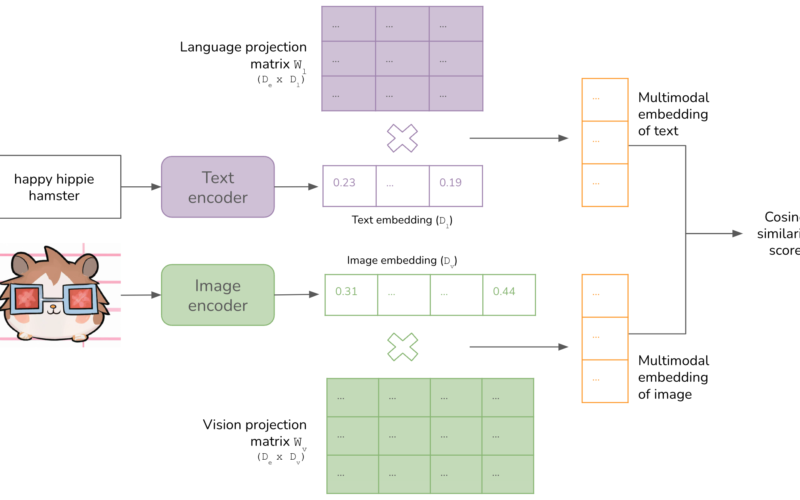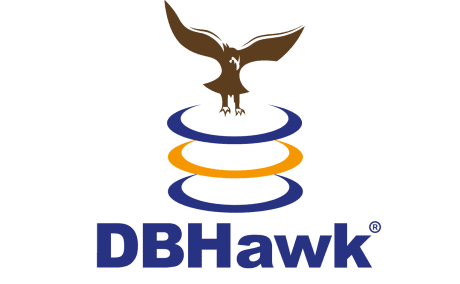20
Nov
(Lewis-Tse/Shutterstock) With $274 billion in revenue last year and $3.3 trillion in assets under management, JPMorgan Chase has more resources than most to devote to building a winning data and AI strategy. But as James Massa, JPMorgan Chase’s senior executive director of software engineering and architecture, explained during his SolixEmpower keynote last week, even the biggest companies in the world must pay close attention to the data and AI details in order to succeed. In his Solix Empower 2024 keynote address, titled “Data Quality and Data Strategy for AI, Measuring AI Value, Testing LLMs, and AI Use Cases,” Massa provided…





